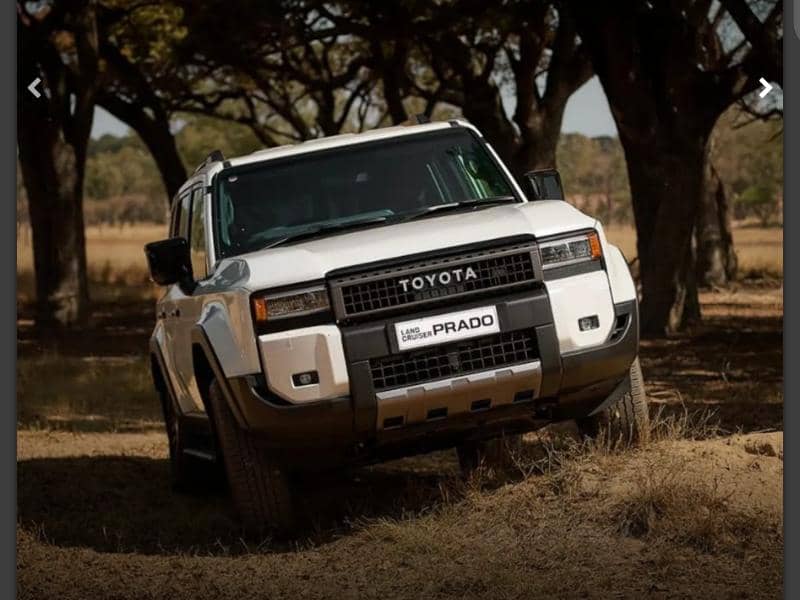Tehran, Iran — Iran has officially taken delivery of 40 Chinese J-10C fighter jets, a move state media hails as a turning point for the country’s air force and a potential game-changer in the balance of power across the Middle East. The announcement, made on July 3, 2025, underscores Tehran’s deepening military ties with Beijing and its strategic pivot away from Russia as a primary arms supplier.
A Leap Forward for Iran’s Air Force
The J-10C, a 4.5-generation multirole fighter equipped with advanced AESA radar and capable of deploying long-range PL-15 missiles, represents a significant upgrade over Iran’s aging fleet of U.S.- and Soviet-era jets. Iranian military officials celebrated the acquisition, declaring that the country’s skies are now “no longer vulnerable.”
“The arrival of these jets transforms our defensive and offensive capabilities,” said a senior commander during a televised event showcasing the aircraft.
Why China, Not Russia?
This deal follows setbacks in Iran’s earlier agreement with Russia for Su-35 fighters, of which only four were delivered from a 2023 order. With Moscow struggling to meet export commitments amid its own war efforts, Tehran turned to Beijing, negotiating an expedited procurement of J-10Cs. Analysts estimate the full order of 40 jets was deliberately fast-tracked to meet Iran’s urgent need for modern air power.
Regional Repercussions
Israel has already expressed concern over the deal, urging China to halt arms transfers that could embolden Iran’s regional ambitions. Military experts warn that the J-10Cs, if integrated with advanced Chinese command systems, could significantly improve Iran’s ability to challenge Israeli and Gulf Arab air operations.
However, challenges remain. Decades of sanctions have left Iran’s air force struggling with maintenance, spare parts, and pilot training. “The acquisition is impressive on paper,” said a defense analyst in Dubai, “but sustaining 40 high-tech aircraft is an entirely different challenge.”
China’s Strategic Calculus
While Beijing has not publicly confirmed the delivery, Chinese defense officials have signaled willingness to supply advanced platforms to “friendly nations.” For China, the deal both cements its influence in the Gulf and positions the J-10C as a viable export rival to Western fighters like the Rafale and F-16.
The Bottom Line
Iran’s acquisition of 40 J-10Cs is a symbolic and strategic milestone, signaling not only a modernization of its air force but also a shifting global arms dynamic in which China plays an increasingly pivotal role. Whether these jets translate into lasting operational strength depends on Iran’s ability to maintain and integrate them—a test that could define the future of air power in the region.




